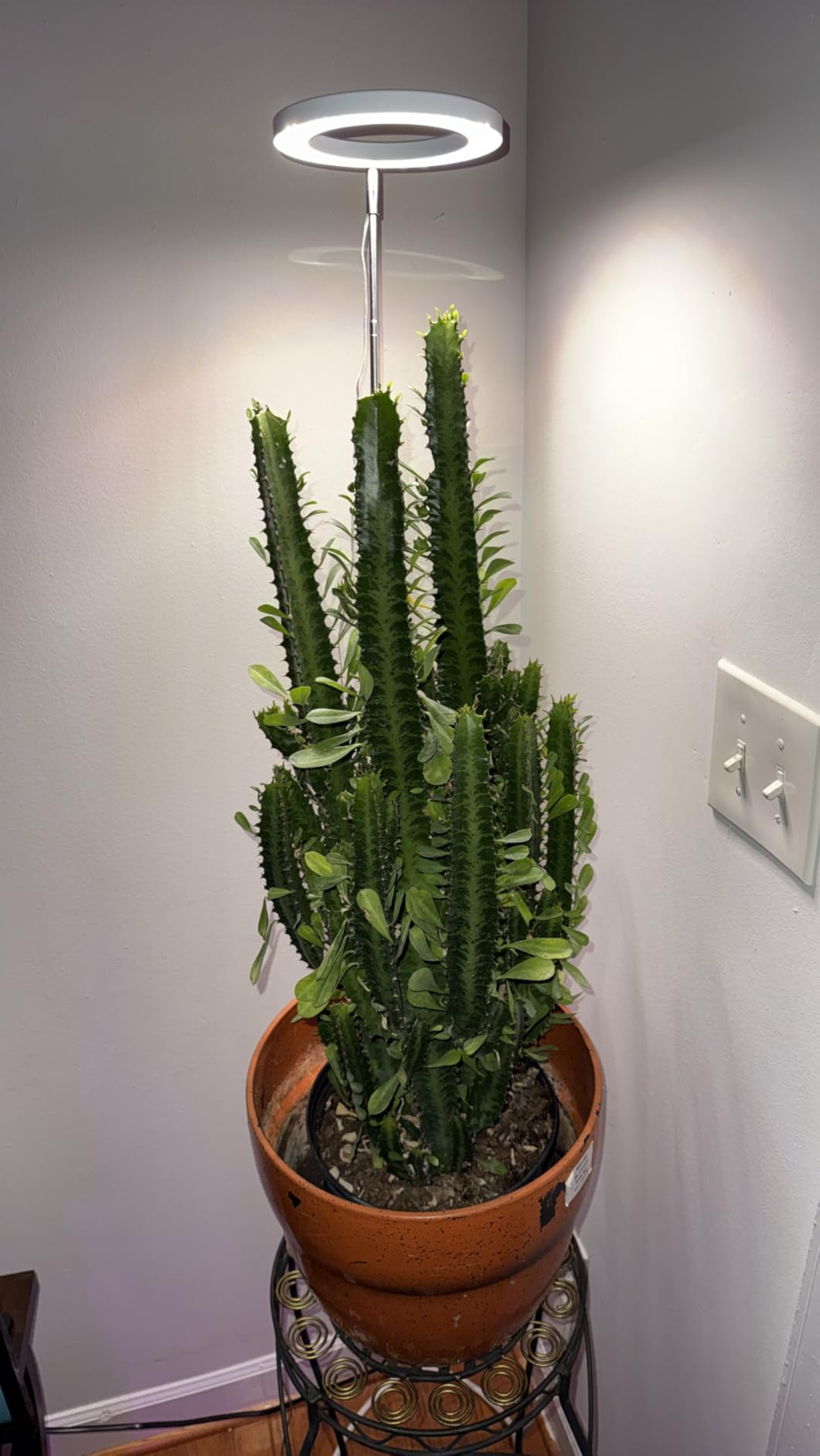The Benefits of Plant Lights at Each Plant Growth Stage

Plant growth is a complex and fascinating process, with each stage having distinct requirements for optimal development. Plant lights, equipped with adjustable features and diverse lighting spectrums, play an indispensable role in supporting plants throughout their life cycles. Here’s a detailed look at how plant lights benefit plants at every growth stage.
Seed Germination Stage
The journey of a plant begins with seed germination, a delicate phase where the right conditions are crucial. In nature, seeds rely on ambient light cues to trigger germination, but indoors, plant lights can create a more controlled and ideal environment. Soft, low - intensity light from plant lights, particularly those with a higher proportion of red wavelengths, helps stimulate the release of germination hormones within the seeds. By providing a consistent light source, plant lights ensure that seeds receive the necessary signals to break dormancy, initiating root and shoot growth. This is especially beneficial for seeds that are sensitive to light, as the precise light exposure from plant lights can significantly increase the germination rate, giving your plants a strong start right from the beginning.
Seedling Stage
Once the seeds have sprouted, the seedling stage commences, and plant lights become even more vital. At this point, seedlings are extremely tender and vulnerable to harsh lighting conditions. Plant lights with adjustable brightness allow growers to provide a gentle, yet sufficient amount of illumination. A lower brightness setting helps prevent the seedlings from being overwhelmed by intense light, which could lead to wilting or stunted growth. Additionally, the full - spectrum capabilities of many plant lights ensure that seedlings receive a balanced mix of light wavelengths, including blue light, which is essential for promoting strong root development and compact, stocky growth. With plant lights, seedlings can grow upright and healthy, developing the necessary structural strength to withstand the rigors of later growth stages.
Vegetative Growth Stage
During the vegetative growth stage, plants focus on developing leaves, stems, and a robust root system. Plant lights are instrumental in fueling this growth spurt. The availability of a high - intensity, full - spectrum light source enables plants to carry out photosynthesis at an optimal rate. Blue light, in particular, continues to play a key role in promoting leafy growth and maintaining a compact plant shape. Meanwhile, red light stimulates cell elongation and overall plant biomass production. With plant lights, growers can extend the “day length” for their plants, providing more hours of light for photosynthesis. This is especially advantageous in regions with limited natural sunlight, allowing plants to grow faster and more vigorously, resulting in lush, green foliage and a well - developed root system.
Flowering and Fruiting Stage
As plants transition into the flowering and fruiting stage, their light requirements shift. Plant lights can be adjusted to emphasize red and far - red wavelengths, which are critical for triggering the flowering process. By manipulating the light spectrum and duration, growers can control when plants flower, ensuring a synchronized bloom. The enhanced red light also promotes the development of larger, more abundant flowers and fruits. Additionally, the consistent and reliable light source provided by plant lights helps plants maintain a stable internal rhythm, reducing the impact of environmental fluctuations on the reproductive process. This results in higher fruit set rates, better - quality fruits, and a more bountiful harvest, whether you’re growing ornamental flowers or edible crops.
Dormancy Stage
Even during the dormancy stage, when plants slow down their growth and metabolism, plant lights can still offer benefits. While plants require less light during this period, a small amount of low - intensity light can help maintain the plant’s physiological functions. It prevents the plant from entering a state of complete inactivity, ensuring that it remains healthy and ready to resume growth when the appropriate conditions return. This is particularly important for perennials and plants that experience seasonal dormancy, as plant lights can help bridge the gap between dormancy and the next active growth phase, reducing the risk of plant decline or death.
In conclusion, plant lights are an essential companion for plants at every growth stage. From the initial germination to the final fruiting and dormancy, their ability to provide tailored light conditions, adjust brightness, and offer diverse light spectrums ensures that plants receive the support they need to thrive. Whether you’re a seasoned gardener or just starting out, understanding and harnessing the benefits of plant lights can significantly enhance the success of your indoor gardening endeavors.
